#to restore
Text
SWB Project: 1958 Alfa Romeo Giulietta Spider
This swb Giulietta Spider has a rich history in the San Francisco Bay Area, with registration records tracing back to 1971.
The seller says that In 2018, a full bare metal repaint was expertly matched to the original Rosso color by a local painter renowned for his work on high-end Italian sports cars. Under the hood, the original 1300cc (still with the early type fuel pump) engine has been…

View On WordPress
10 notes
·
View notes
Text
“Good luck. And DON’T fuck it up.”

#just to clarify I didn’t make this edit. this is an old tumblr post that the website made inaccessible for some reason. so I recreated it#it’s smth of a historic restoration effort with saw heritage posts. check their addition (also part of the original post)#loutown#saw
37K notes
·
View notes
Text
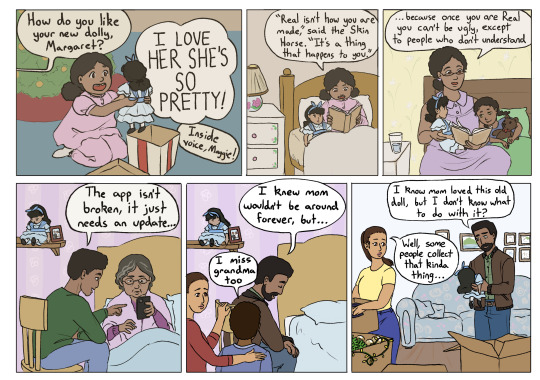
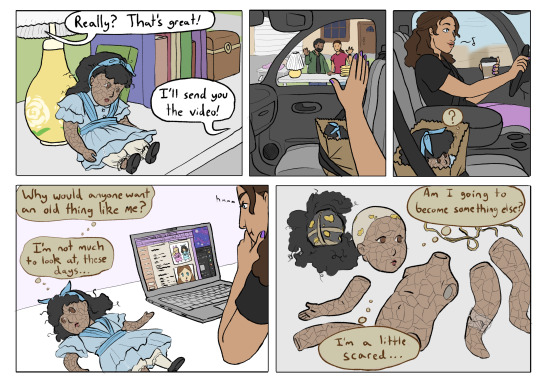

I meant to draw this back when I did this other doll comic as another side, to show a doll that had been cared for instead of abused, but somehow I wasn't able to finish it till like 10 minutes ago, anyway I did it *confetti*
#nardacci art#doll restoration#comic#I had the thumbnail sketches for the panel layouts in my files for like years#I've had the notes on my desktop since uuuhhh#wow 2020 I guess????? that's when I posted the cursed doll comic OTL#I have 1 more to do so maybe I'll get that one done by 20 freaking 28
19K notes
·
View notes
Photo

Nightclub singer at home, ca. 1960s
14K notes
·
View notes
Text

Dire Wolf: Man, what the fuck?
#Favourite white guy#Has restored my faith in humanity#delicious in dungeon#anime#laios touden#laios#laios dungeon meshi#dungeon meshi#dunmeshi
4K notes
·
View notes
Text


i will shove that crusty old titan back into tartarus myself to keep her happy
#hades#hades game#hades supergiant#hades 2#hades 2 spoilers#just in case#i start tearing up every time i think about her not knowing her family#and everyone in the underworld who must have celebrated her#and her growing up with an idea of them and a duty to restore her house#chronos you better watch your back#melinoë supergiant
5K notes
·
View notes
Text
"A federal district court recently ruled that a large portion of Electron Dam must be removed from the Puyallup River in Washington because the dam harms fish protected under the Endangered Species Act.
Electron Dam has been harming Chinook salmon, steelhead, and trout for nearly 100 years. In 2020, the company that operates the dam tried to replace a spillway and botched the job, creating more hazards for the fish. Earthjustice went to court to press for the new segment’s removal on behalf of the Puyallup Tribe. Salmon and other native fish play a critical role in the Tribe’s culture and economy. With this part of the dam gone, the river will flow naturally for the first time in almost a century."
5K notes
·
View notes
Text

#skin is clear?? mood is lifted??? happiness is restored??#good omens#good omens s3#good omens season 3#foolish talks
5K notes
·
View notes
Text
Two tone project: 1934 Lancia Belna by Paul Nèe
The car in question is a Lancia Augusta cabriolet, known as the Belna, produced in France. This variant was specially crafted by Paul Nèe, a French coachbuilder renowned for his balanced designs and work on some Bugatti models.
This particular Lancia Augusta Belna is a comprehensive restoration project. The vehicle has been stored since the 1970s and remains untouched, retaining all original…

View On WordPress
11 notes
·
View notes
Text
In the Willamette Valley of Oregon, the long study of a butterfly once thought extinct has led to a chain reaction of conservation in a long-cultivated region.
The conservation work, along with helping other species, has been so successful that the Fender’s blue butterfly is slated to be downlisted from Endangered to Threatened on the Endangered Species List—only the second time an insect has made such a recovery.
[Note: "the second time" is as of the article publication in November 2022.]
To live out its nectar-drinking existence in the upland prairie ecosystem in northwest Oregon, Fender’s blue relies on the help of other species, including humans, but also ants, and a particular species of lupine.
After Fender’s blue was rediscovered in the 1980s, 50 years after being declared extinct, scientists realized that the net had to be cast wide to ensure its continued survival; work which is now restoring these upland ecosystems to their pre-colonial state, welcoming indigenous knowledge back onto the land, and spreading the Kincaid lupine around the Willamette Valley.
First collected in 1929 [more like "first formally documented by Western scientists"], Fender’s blue disappeared for decades. By the time it was rediscovered only 3,400 or so were estimated to exist, while much of the Willamette Valley that was its home had been turned over to farming on the lowland prairie, and grazing on the slopes and buttes.
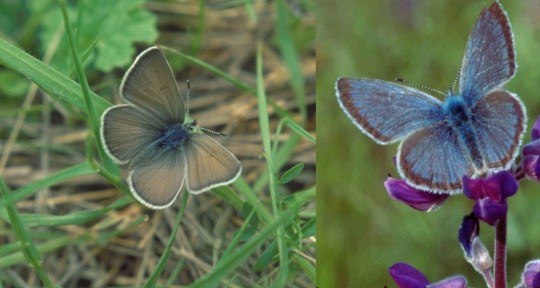
Pictured: Female and male Fender’s blue butterflies.
Now its numbers have quadrupled, largely due to a recovery plan enacted by the Fish and Wildlife Service that targeted the revival at scale of Kincaid’s lupine, a perennial flower of equal rarity. Grown en-masse by inmates of correctional facility programs that teach green-thumb skills for when they rejoin society, these finicky flowers have also exploded in numbers.
[Note: Okay, I looked it up, and this is NOT a new kind of shitty greenwashing prison labor. This is in partnership with the Sustainability in Prisons Project, which honestly sounds like pretty good/genuine organization/program to me. These programs specifically offer incarcerated people college credits and professional training/certifications, and many of the courses are written and/or taught by incarcerated individuals, in addition to the substantial mental health benefits (see x, x, x) associated with contact with nature.]
The lupines needed the kind of upland prairie that’s now hard to find in the valley where they once flourished because of the native Kalapuya people’s regular cultural burning of the meadows.
While it sounds counterintuitive to burn a meadow to increase numbers of flowers and butterflies, grasses and forbs [a.k.a. herbs] become too dense in the absence of such disturbances, while their fine soil building eventually creates ideal terrain for woody shrubs, trees, and thus the end of the grassland altogether.
Fender’s blue caterpillars produce a little bit of nectar, which nearby ants eat. This has led over evolutionary time to a co-dependent relationship, where the ants actively protect the caterpillars. High grasses and woody shrubs however prevent the ants from finding the caterpillars, who are then preyed on by other insects.
Now the Confederated Tribes of Grand Ronde are being welcomed back onto these prairie landscapes to apply their [traditional burning practices], after the FWS discovered that actively managing the grasslands by removing invasive species and keeping the grass short allowed the lupines to flourish.
By restoring the lupines with sweat and fire, the butterflies have returned. There are now more than 10,000 found on the buttes of the Willamette Valley."
-via Good News Network, November 28, 2022
#butterflies#butterfly#endangered species#conservation#ecosystem restoration#ecosystem#ecology#environment#older news but still v relevant!#fire#fire ecology#indigenous#traditional knowledge#indigenous knowledge#lupine#wild flowers#plants#botany#lepidoptera#lepidopterology#entomology#insects#good news#hope
4K notes
·
View notes
Text

it will take some time
#Harrow was right for putting cloth into Ianthe's mouth when restoring her arm#the locked tomb#gideon nav#kiriona gaia#harrowhark nonagesimus#griddlehark#gideon the ninth#gideon the ninth spoilers#harrow the ninth#harrow the ninth spoilers#nona the ninth#nona the ninth spoilers#art
6K notes
·
View notes
Text
If you aren't following the news here in the Pacific Northwest, this is a very, very big deal. Our native salmon numbers have been plummeting over the past century and change. First it was due to overfishing by commercial canneries, then the dams went in and slowed the rivers down and blocked the salmons' migratory paths. More recently climate change is warming the water even more than the slower river flows have, and salmon can easily die of overheating in temperatures we would consider comfortable.
Removing the dams will allow the Klamath River and its tributaries to return to their natural states, making them more hospitable to salmon and other native wildlife (the reservoirs created by the dams were full of non-native fish stocked there over the years.) Not only will this help the salmon thrive, but it makes the entire ecosystem in the region more resilient. The nutrients that salmon bring back from their years in the ocean, stored within their flesh and bones, works its way through the surrounding forest and can be traced in plants several miles from the river.
This is also a victory for the Yurok, Karuk, and other indigenous people who have relied on the Klamath for many generations. The salmon aren't just a crucial source of food, but also deeply ingrained in indigenous cultures. It's a small step toward righting one of the many wrongs that indigenous people in the Americas have suffered for centuries.
#salmon#dam removal#fish#animals#wildlife#dams#Klamath River#Klamath dams#restoration ecology#indigenous rights#Yurok Tribe#Karuk Tribe#nature#ecology#environment#conservation#PNW#Pacific Northwest
16K notes
·
View notes
Text



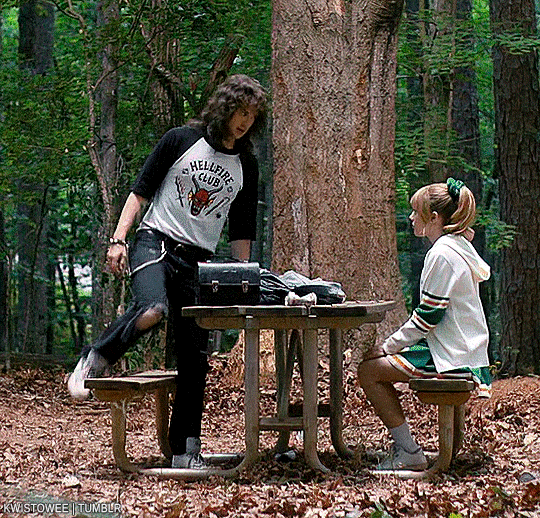
ugh... this sceeeeeeene 🥰
STRANGER THINGS | 4.01
#eddie munson#eddiemunsonedit#joseph quinn#josephquinnedit#jqedit#chrissy cunningham#grace van dien#hellcheeredit#hellcheersource#strangerthingsedit#hellcheer#eddie x chrissy#stranger things#userrobin#anztag#userridge#userallisyn#cinemapix#filmtvcentral#my*gifs#userthing#mediagifs#tvedit#color correcting my gifs (for days on end) in ways no one else will notice but i will#and having done so will make me happier every time i see them.#restoring his leather jacket and jeans to true black makes me happy
2K notes
·
View notes
Text

The original Texas Chainsaw Massacre house before it was relocated, restored and turned into a restaurant.
#texas chainsaw massacre#abandoned#restored#hoopers#70s horror#photography#vintage photography#tobe hooper#vintage horror#horror locations#movie locations
1K notes
·
View notes
Photo

Showgirls Play Chess Backstage at the Latin Quarter Nightclub
Gordon Parks, “The Girls Backstage,” Life, Dec 22, 1958
#showgirl#1950s#life magazine#gordon parks#1950s fashion#vintage#50s#50s fashion#vintage fashion#latin quarter#nightclub#chess#new york#photography#photo restoration
5K notes
·
View notes
Text

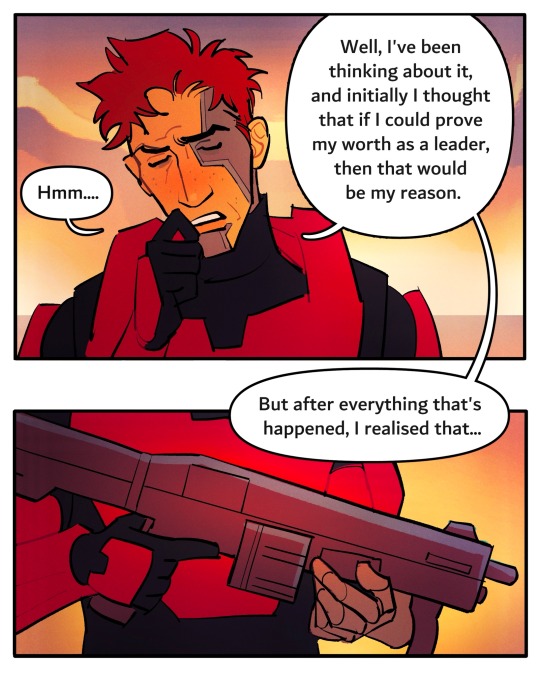




guys i can’t believe this was the real ending to rvb restoration isn’t it awesome that grimmons finally became canon after 21 years of queerbaiting !
#i’ve had this comic planned out for OVER 4 YEARS. i just never got around to drawing it. i only slightly changed it to fit restoration#i wanted it to mirror the first scene in rvb but their lines are swapped heh…#burnie and matt work hard but i work harder and GAYER.#rvb#red vs blue#my art#dexter grif#grimmons#rvb restoration#dick simmons#richard simmons
2K notes
·
View notes